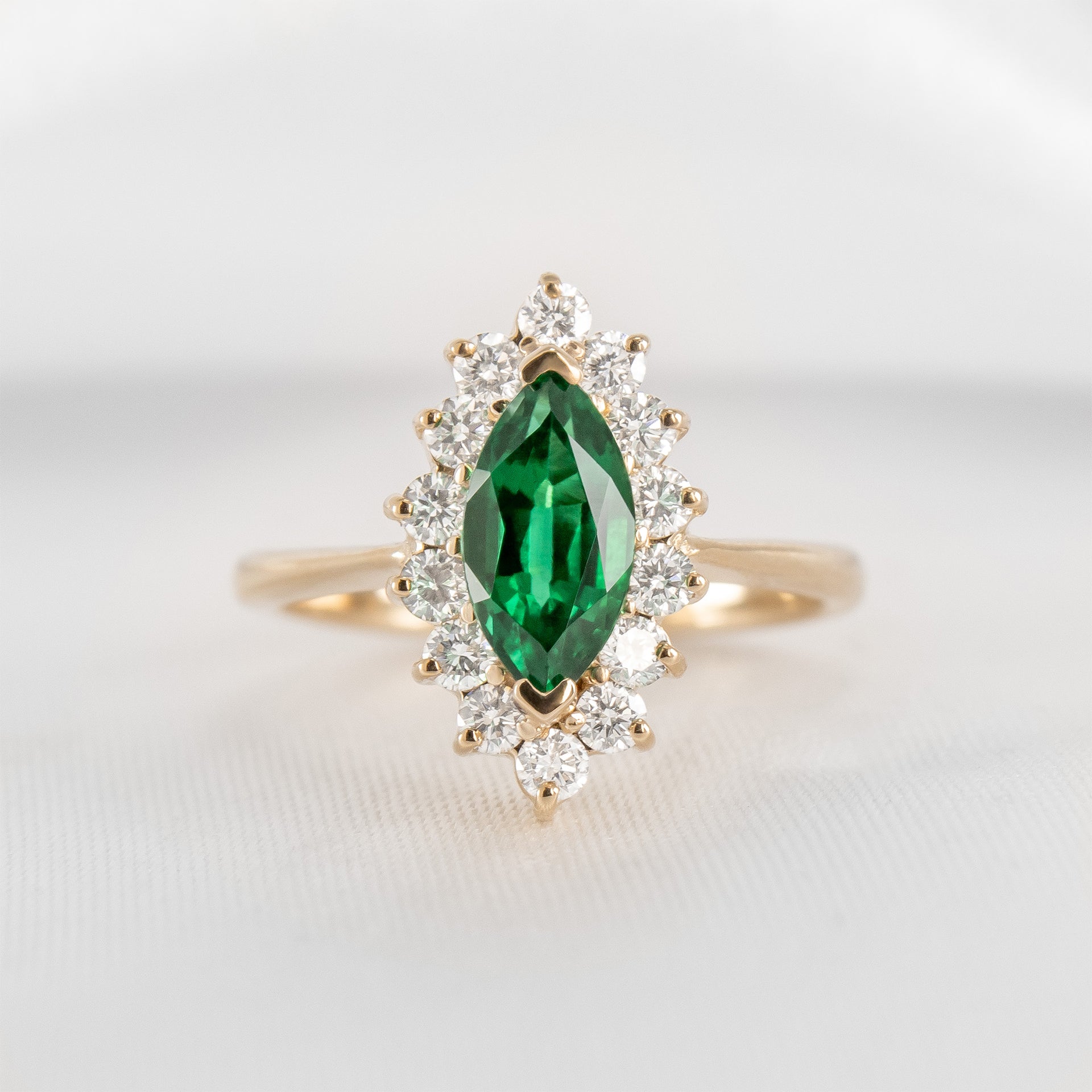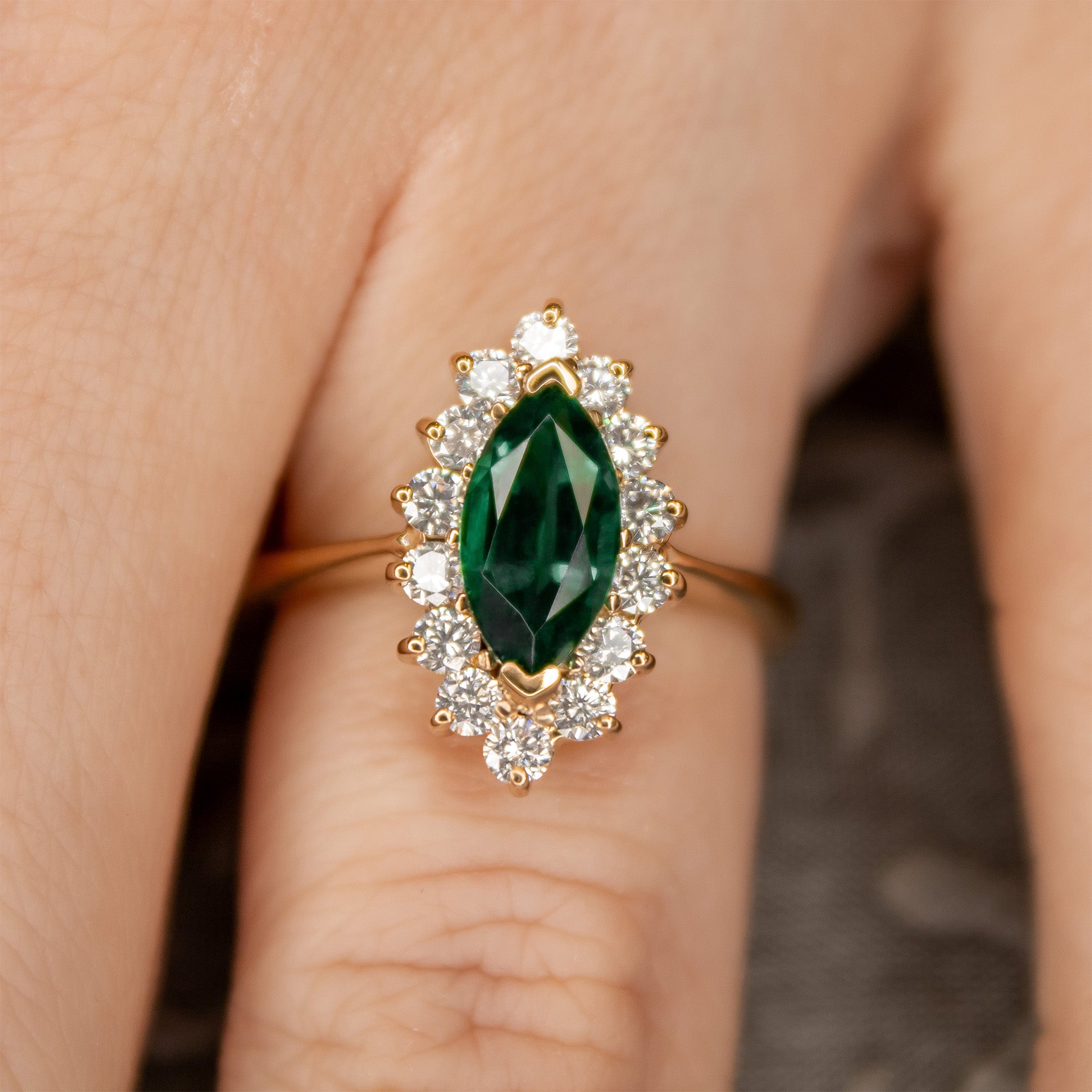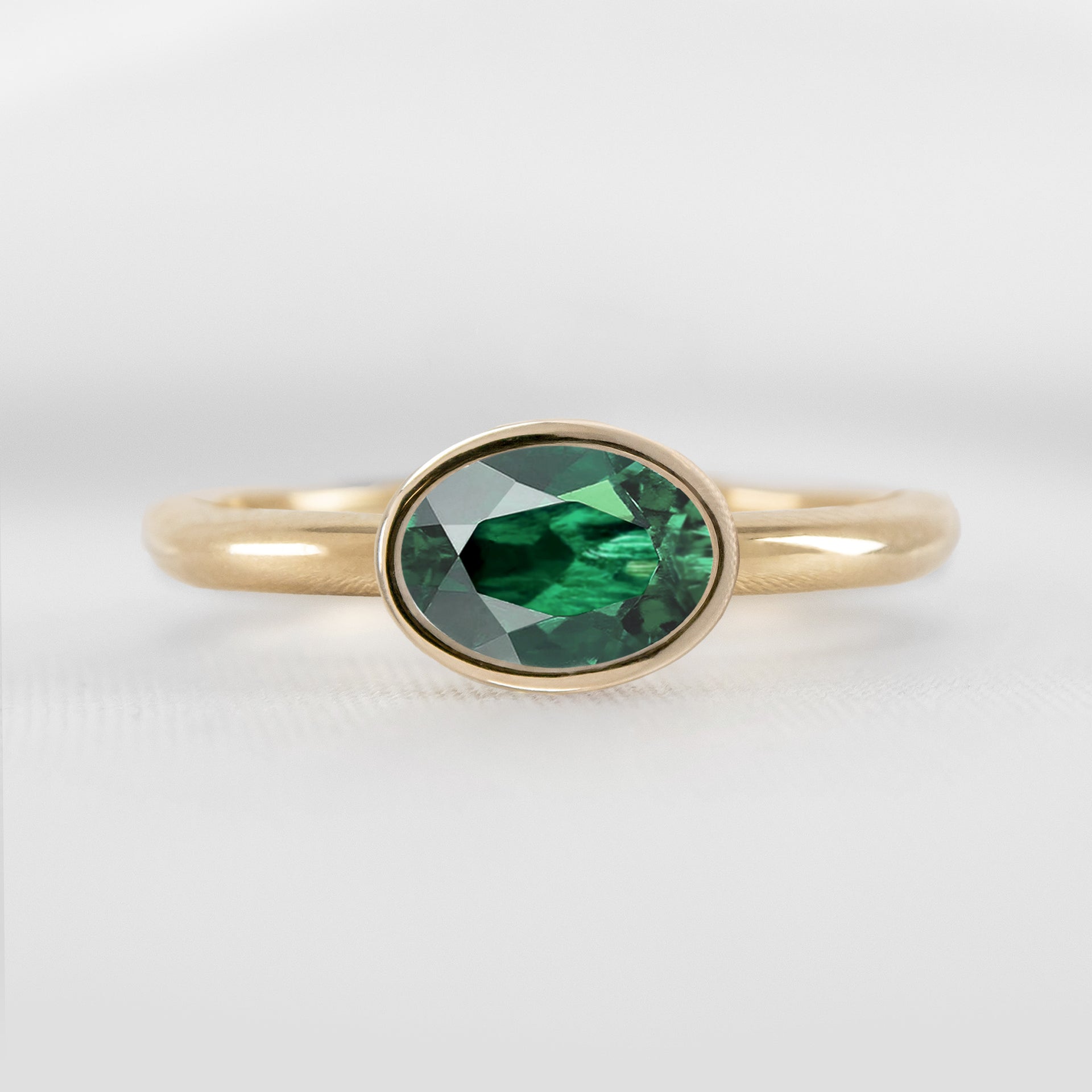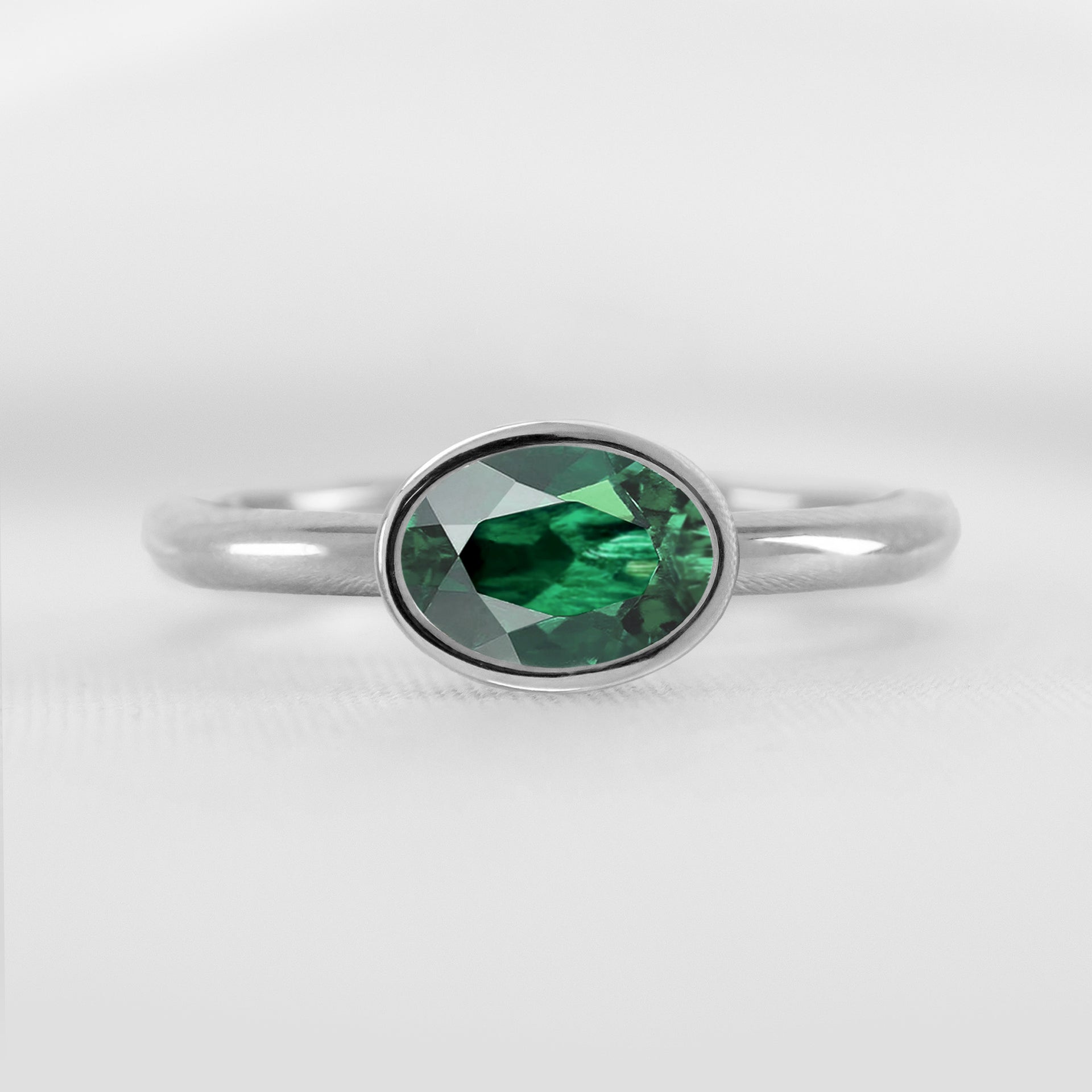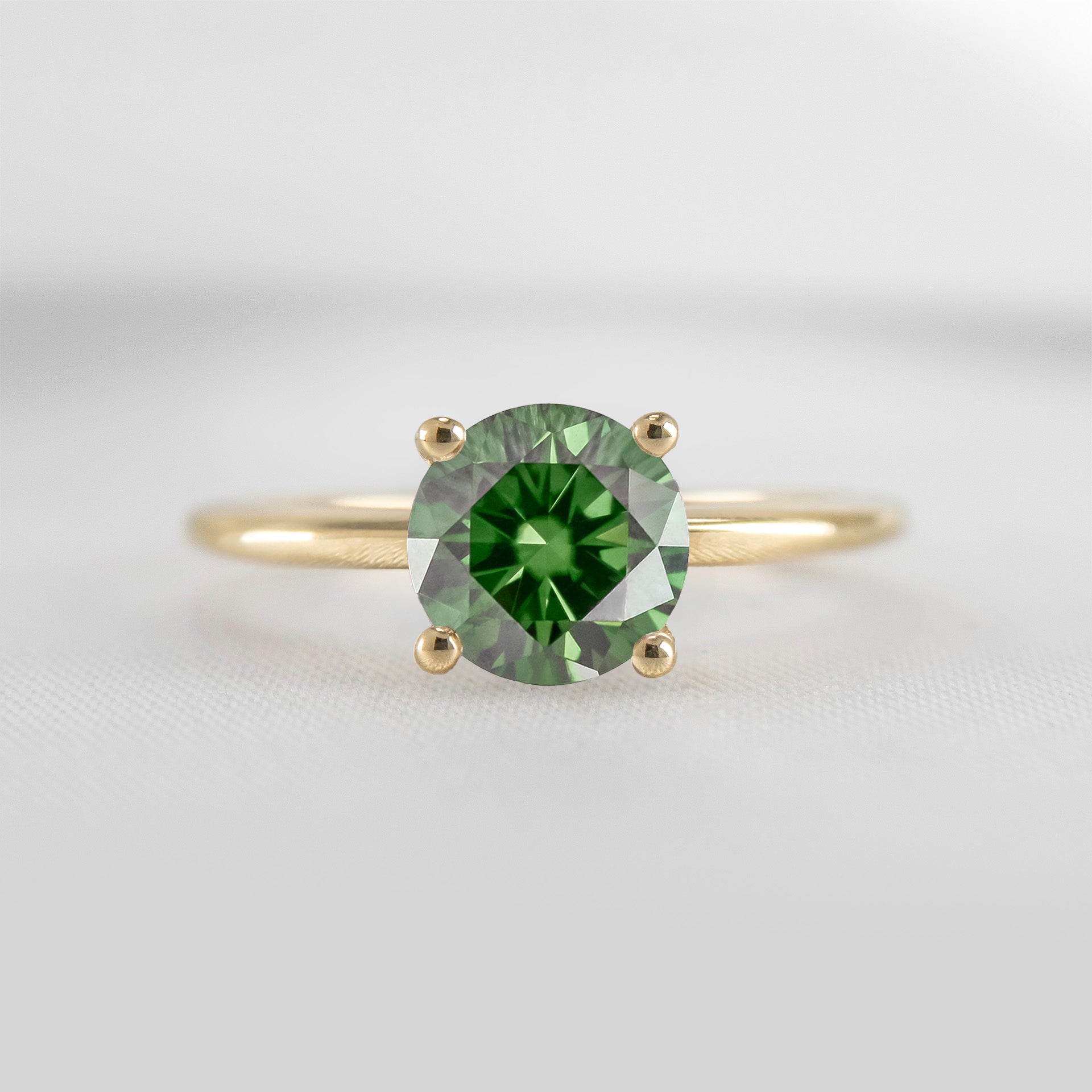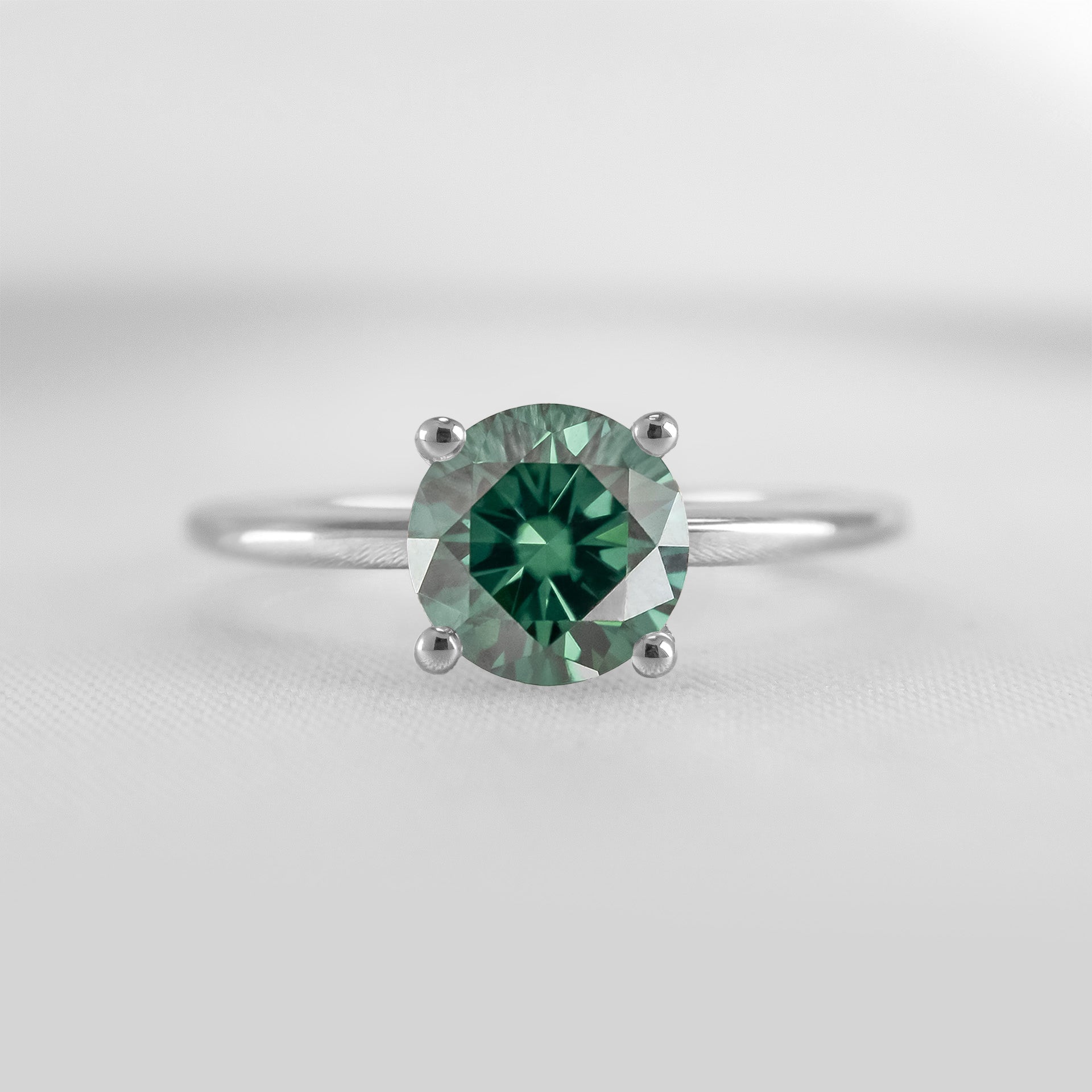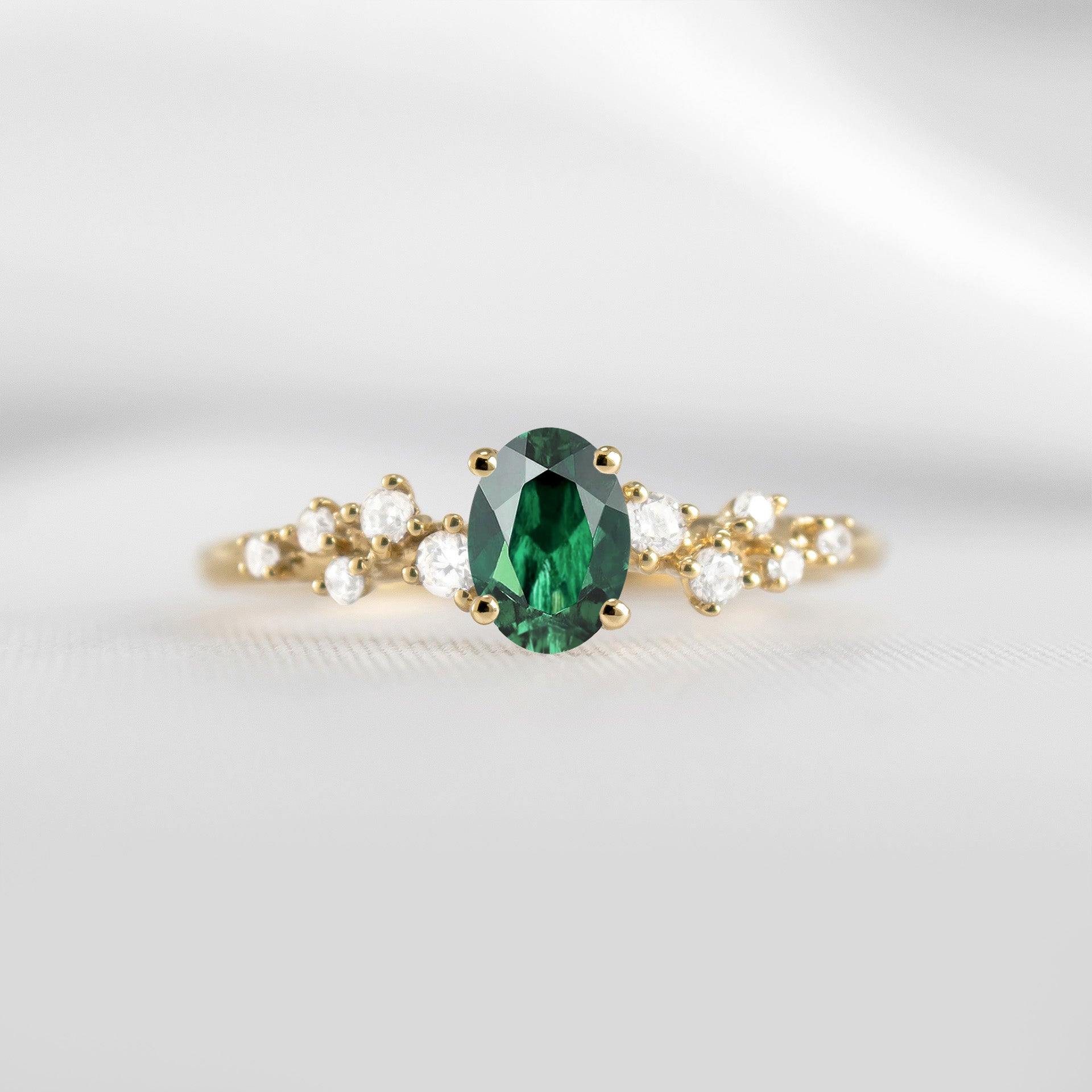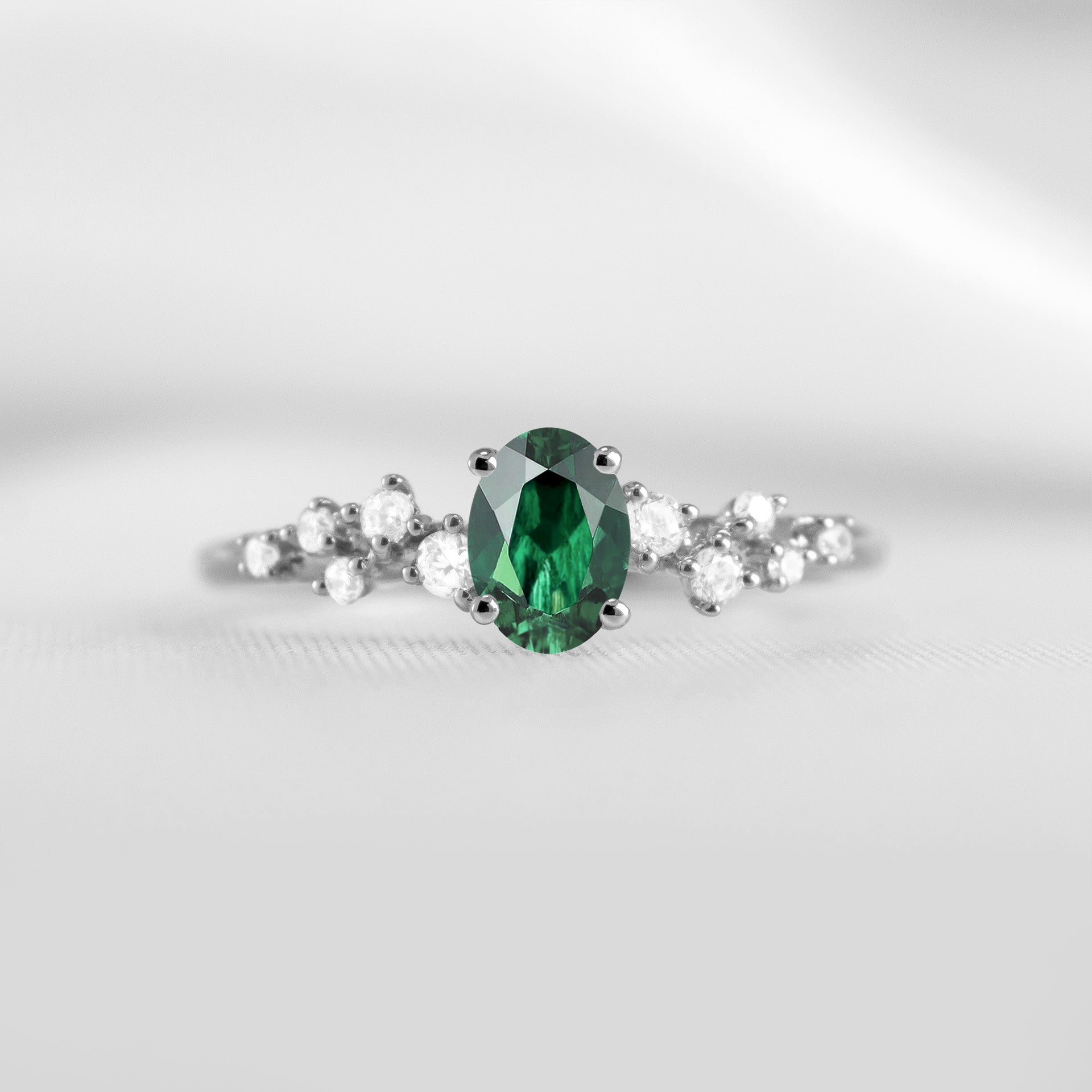Learn About Emerald
May's birthstone, the emerald, represents spring's renewal and rejuvenation due to its green color. In 2013, Pantone declared it as the Color of the Year, citing its contribution of luxury and elegance to the color palette.
Emeralds are created by the presence of chromium, vanadium, and iron in beryl minerals, and their concentration determines the stone's color range. Chromium and vanadium produce a vibrant green hue, while iron gives it a bluish tinge.
The most valuable emeralds are medium to medium-dark toned bluish-green or green, often cut into an emerald shape, as the stone naturally forms into six-sided prisms. Most emeralds have visible inclusions (internal clarity characteristics) and blemishes (surface clarity characteristics) that impact their value. The size and type of inclusions can drastically affect the price, ranging from $10 per carat for a low-quality stone to $50,000 per carat for an exceptionally clear one.
Lab-created emeralds have the same chemical, physical, and optical properties as a natural emerald. Lab-created emeralds are among the priciest synthetic gemstones due to the costly equipment and energy-intensive processes required for their production. Although the yield of facetable material is low, the slow and meticulous process results in a stunning product. Despite this, natural emeralds, depending on the size and type of inclusions can drastically affect the price, have a greater price than lab created emeralds.






